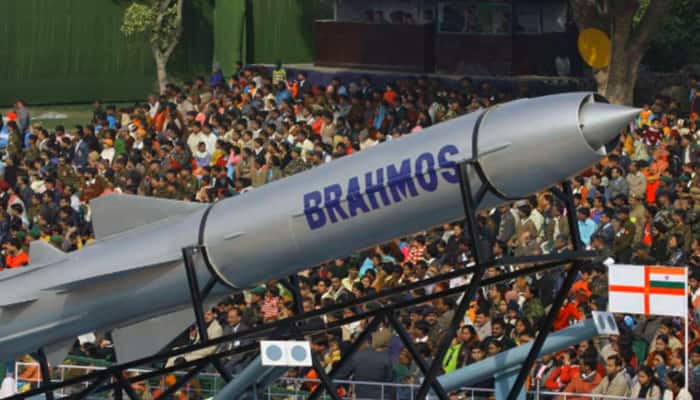Earlier this week, UP Anti Terror Squad had arrested BrahMos employee Nishant Aggarwal from the company's Nagpur facility on the charges of “leaking sensitive information” to Pakistani spy agency ISI and later carried out raids on the Hyderabad facility to check whether more information was leaked from there
New Delhi: At a time when BrahMos Aerospace is at the centre of espionage allegations sending shock waves across the country's security establishment, the government is planning to bring in stricter restrictions for the employees of BrahMos in terms of sensitive information and installations.
Earlier this week, UP Anti Terror Squad had arrested a BrahMos employee Nishant Aggarwal from the company's Nagpur facility on the charges of “leaking sensitive information” to Pakistani spy agency ISI and later carried out raids on the Hyderabad facility to check whether more information was leaked from there.
"In the recent times, we have seen that the number of non-DRDO employees of BrahMos having defence access cards which allows them to enter and move around in the defence ministry and other defence installations has gone up significantly. We feel there should be stricter restrictions on the number of people getting this facility,” senior government sources told MyNation.
This is being seen as part of measures that the government will take to curb any information leakage from the joint venture company formed by India and Russia governments or producing the world's fastest supersonic cruise missile.
A small group of employees from DRDO have joined BrahMos Aerospace in an attempt to share professional expertise for the design and development of the missile system. Many scientists, engineers, and technicians were hired, who are not part of the defence ministry but may have access to crucial information.
A large number of retired officers from the armed forces were also hired as consultants to help it in different areas such as understanding user requirements and developing the missile as per these specifications.
BrahMos has spread itself extensively in the last ten years with facilities in Kerala and Rajasthan.
The government is also seriously looking at the security breach caused from BrahMos.
Aggarwal was working in the technical department of BrahMos aerospace for the past four years. He was heading a team of 40 system engineers, technical supervisors, and technicians and had access to many crucial details.
Last Updated Oct 11, 2018, 12:16 PM IST











![Salman Khan sets stage on fire for Anant Ambani, Radhika Merchant pre-wedding festivities [WATCH] ATG](https://static-ai.asianetnews.com/images/01hr1hh8y86gvb4kbqgnyhc0w0/whatsapp-image-2024-03-03-at-12-24-37-pm_100x60xt.jpg)
![Pregnant Deepika Padukone dances with Ranveer Singh at Anant Ambani, Radhika Merchant pre-wedding bash [WATCH] ATG](https://static-ai.asianetnews.com/images/01hr1ffyd3nzqzgm6ba0k87vr8/whatsapp-image-2024-03-03-at-11-45-35-am_100x60xt.jpg)



